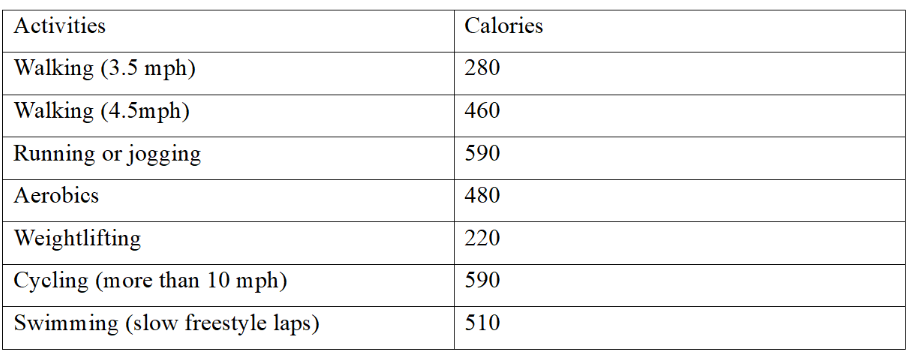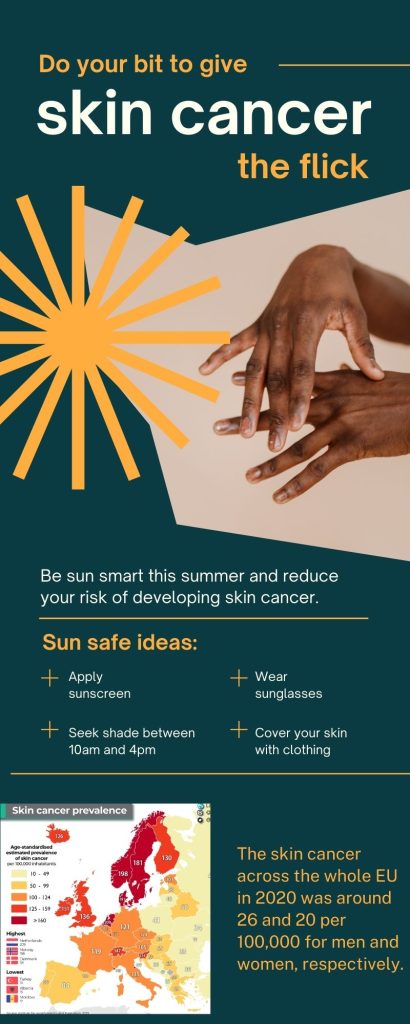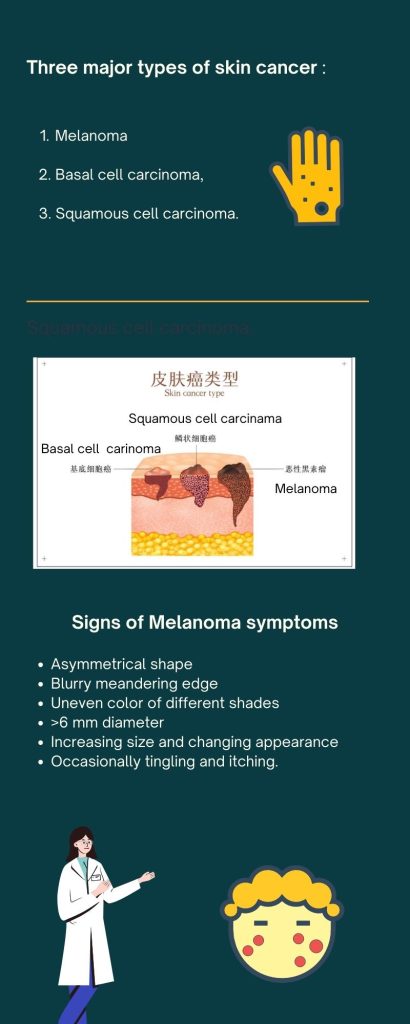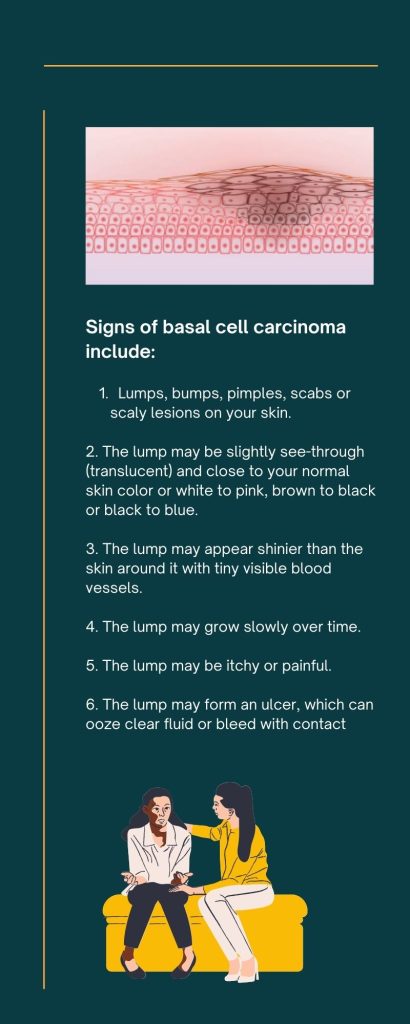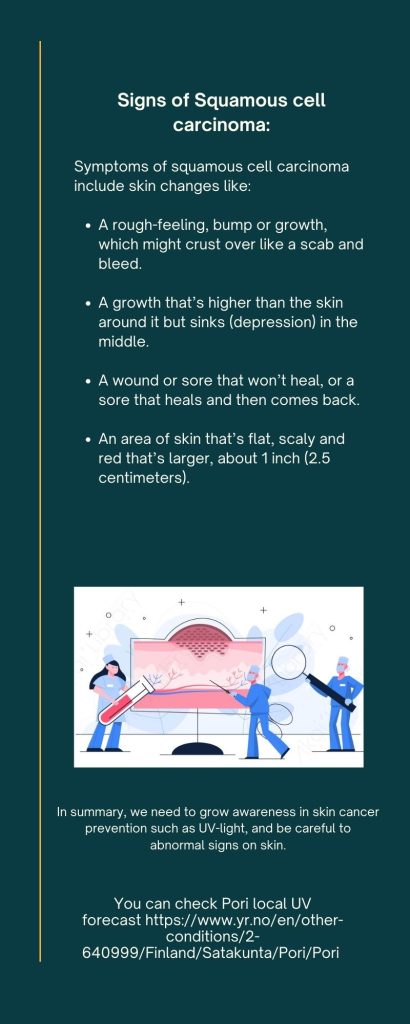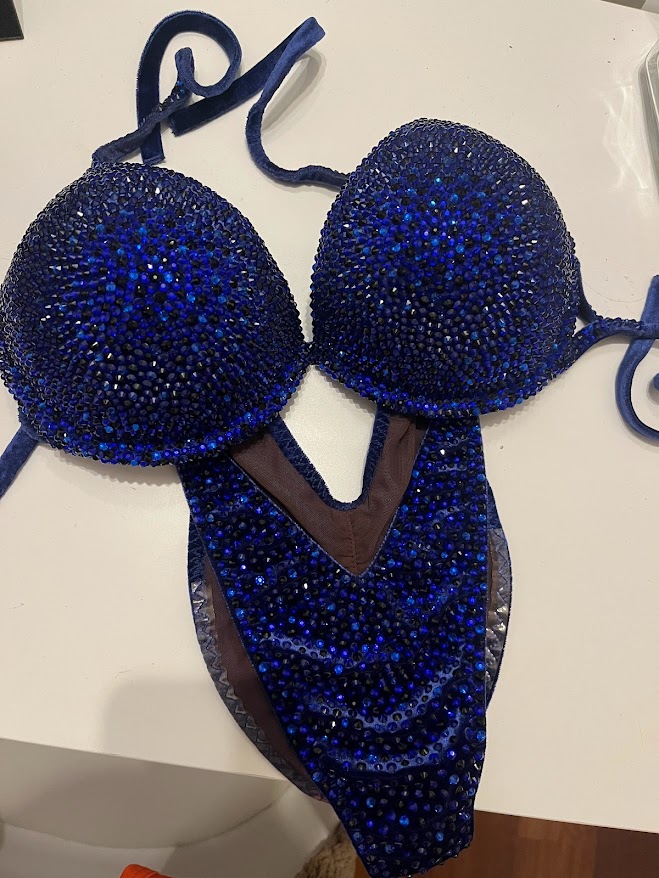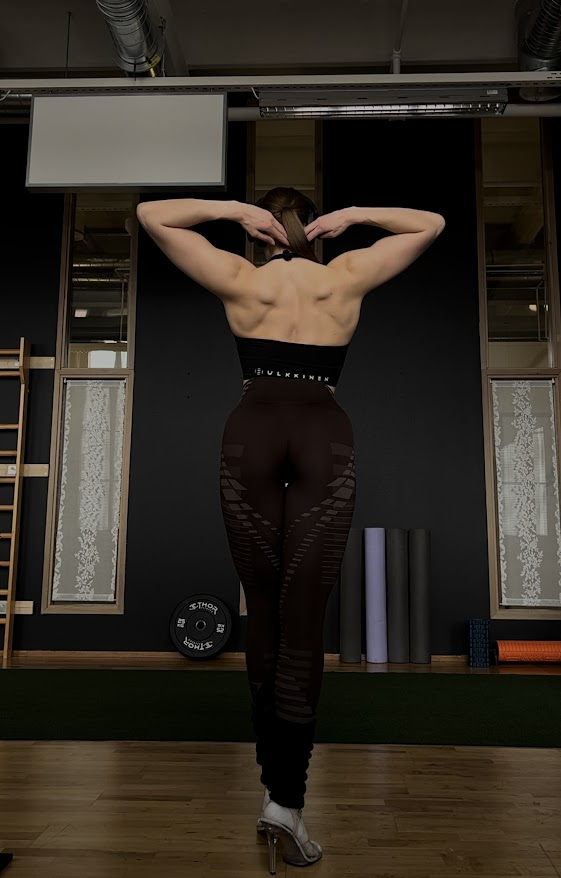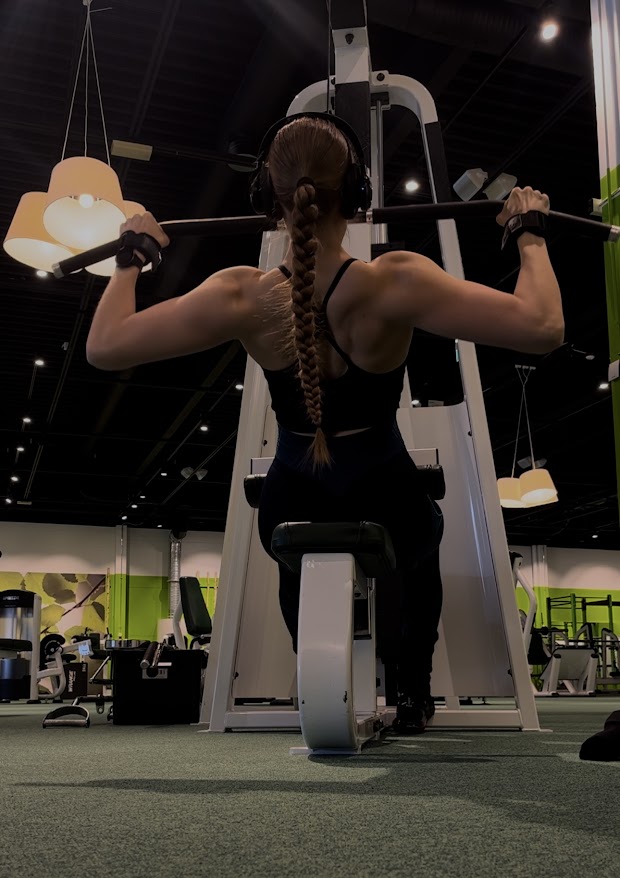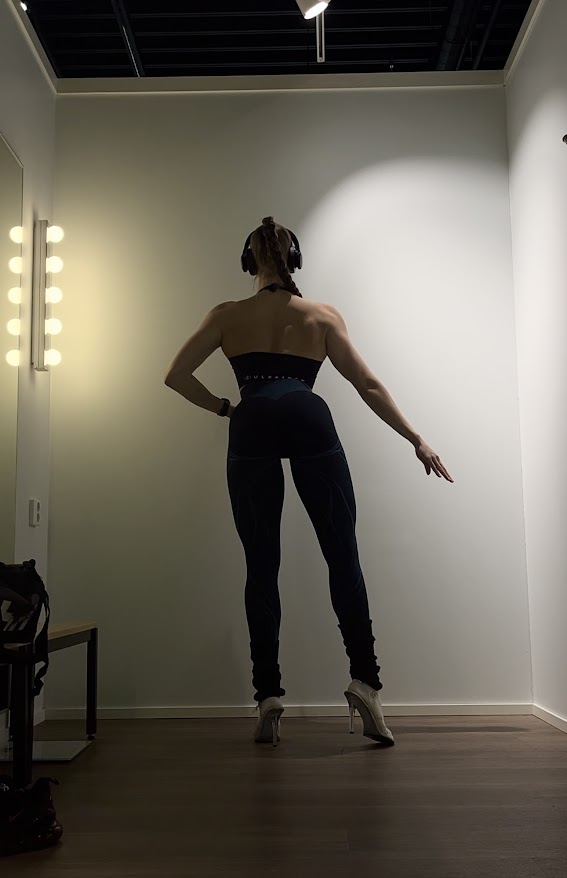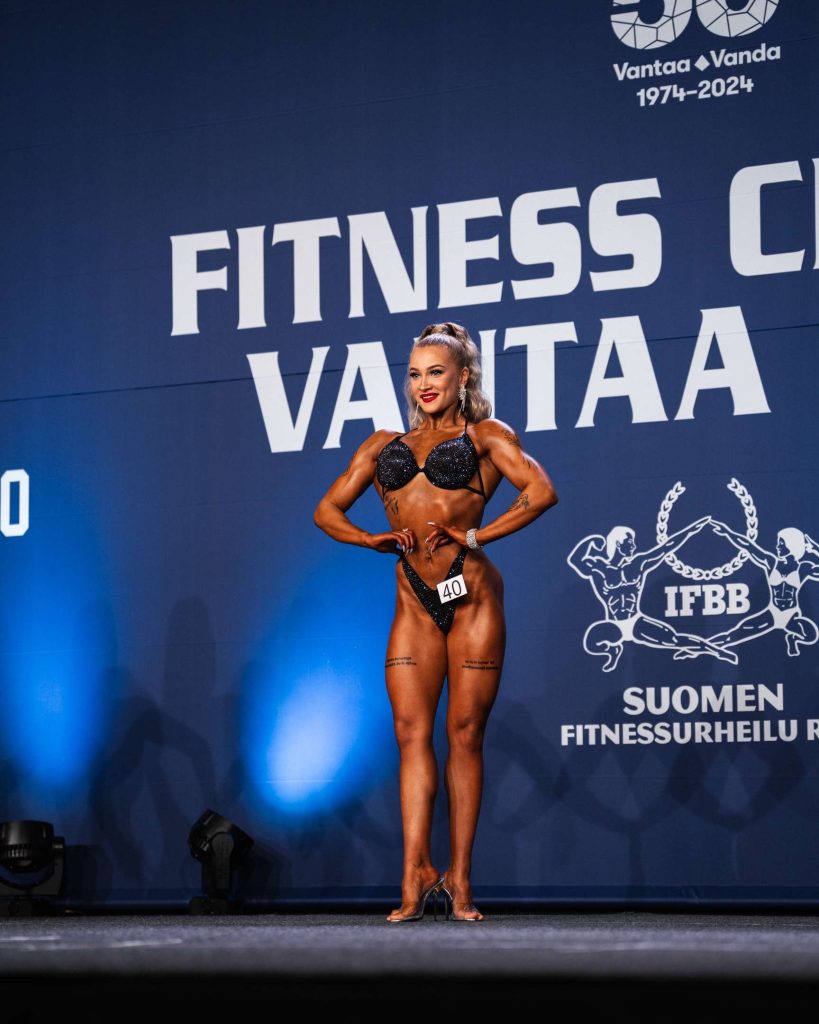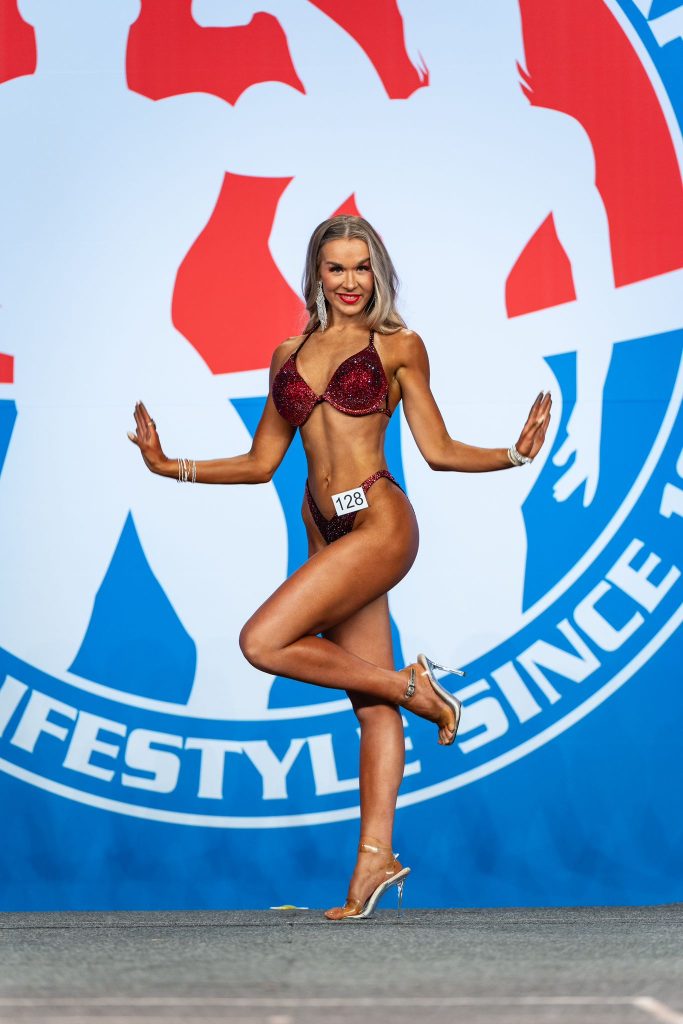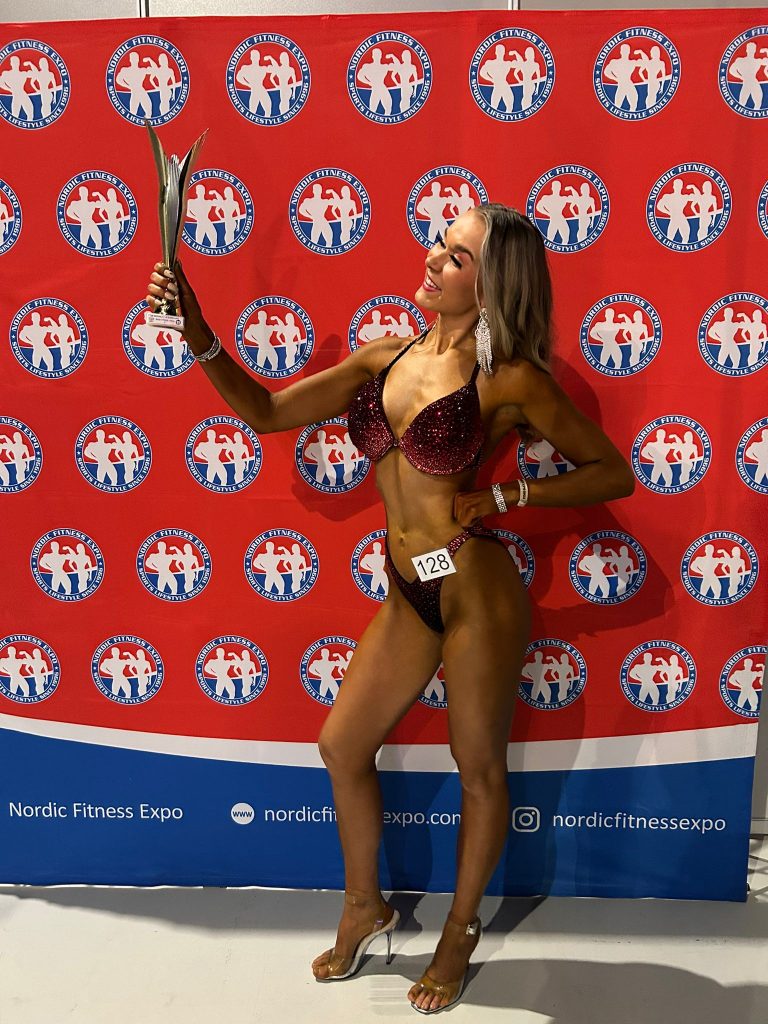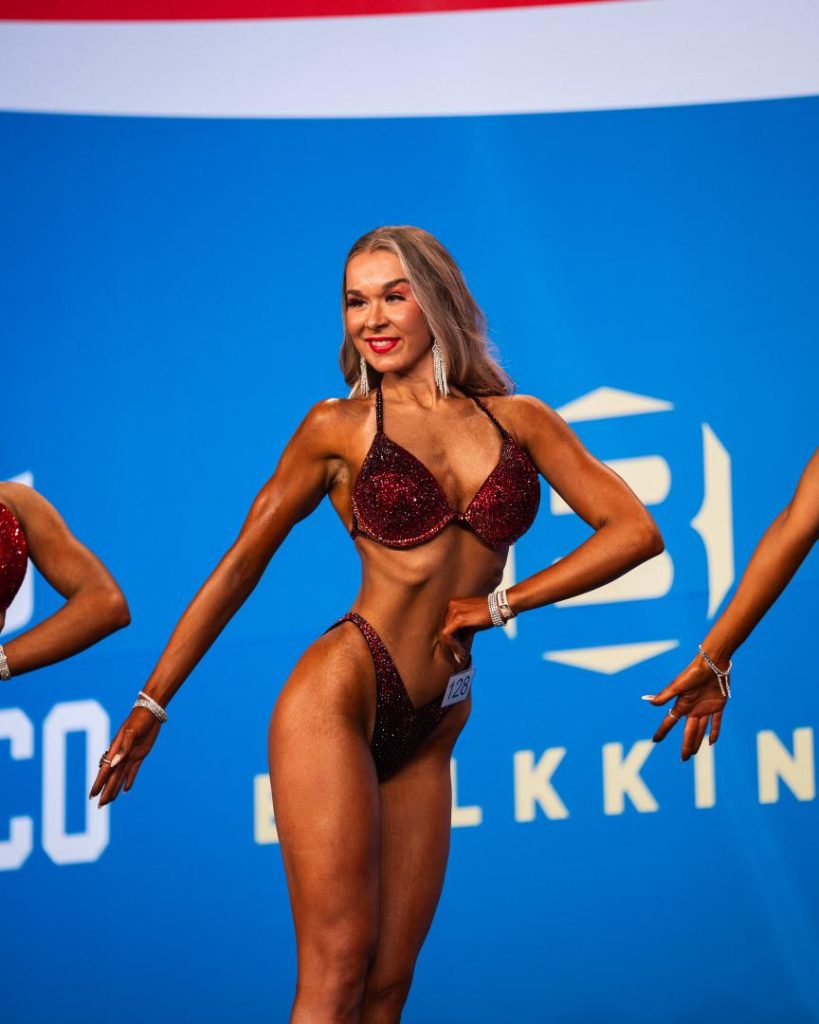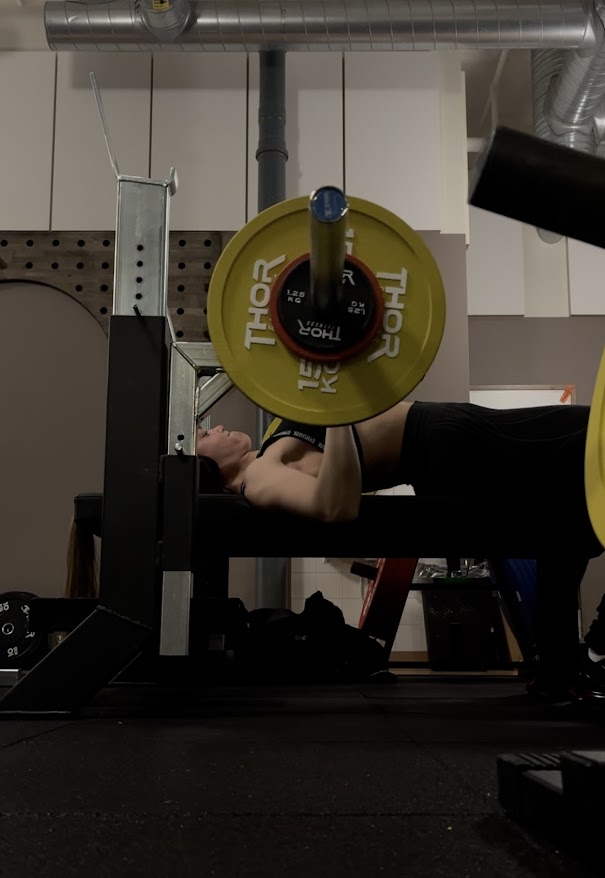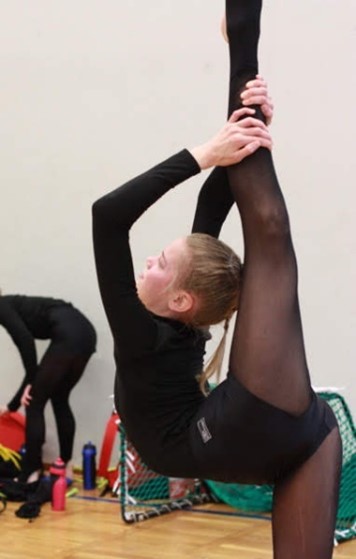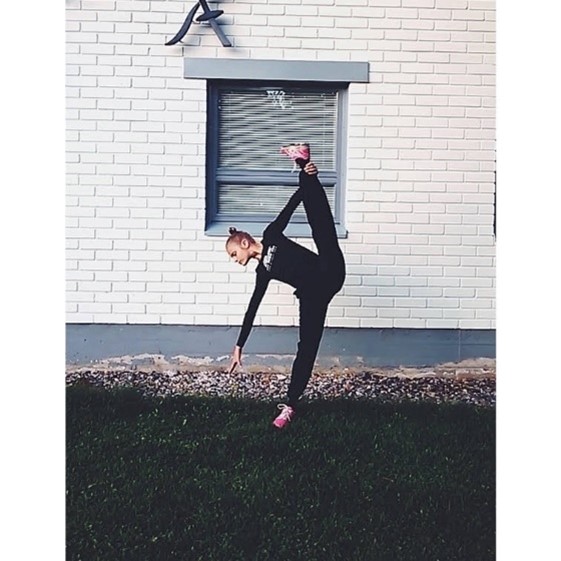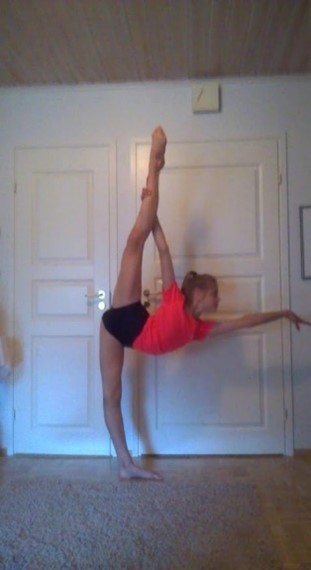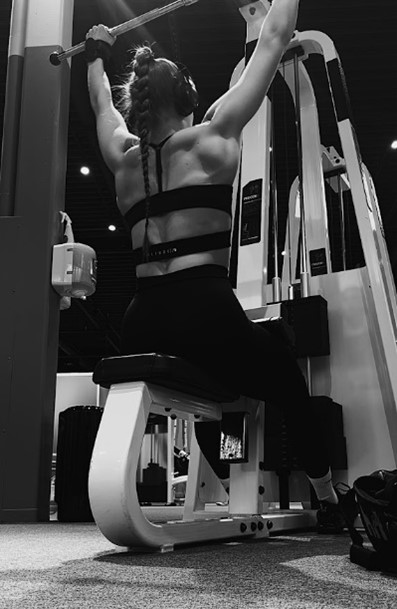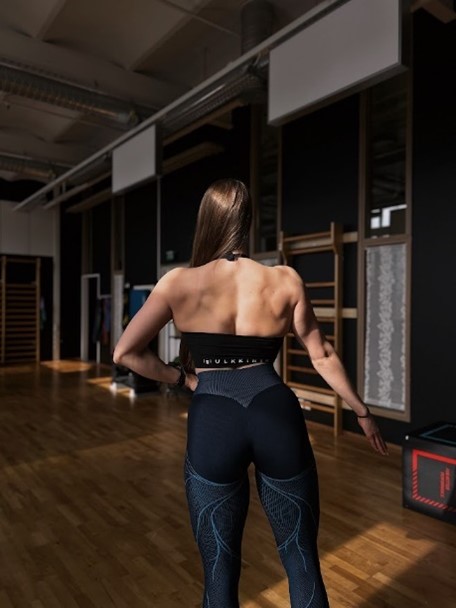Chau Dung

Source: Microsoft image bank
In 2025, Finland claimed the title of the world’s happiest country for the eighth year in a row—and it’s not just about cozy saunas or beautiful nature. This happiness stems from strong foundations: income equality, education, economic stability, and most notably, health and well-being. Healthcare is a cornerstone of Finnish society, and as the population ages, the demand for healthcare professionals continues to grow.
Finland has welcomed many international students to its English-taught healthcare programs. Some come with hopes of immigrating, others with plans to take Finnish expertise back to their home countries. While the education system is excellent, one major challenge remains: the language barrier. Communicating with patients and colleagues in Finnish can be daunting, making it one of the biggest hurdles for non-Finnish speakers in the field.
But despite the challenges, non-Finnish speakers are not just surviving—they’re thriving. In this blog, we’ll explore both the hurdles and the many ways to meaningfully contribute to Finland’s healthcare system.
1. The Value of Non-Finnish Speakers in Finnish Healthcare
As the need for healthcare workers increases, non-Finnish speakers can play a vital role—not just by filling roles, but by enriching care through diversity. Cultural competence is a major asset. Professionals from different backgrounds bring unique views on health, healing, and caregiving.
Some cultures approach health holistically or with a family-first mindset, offering valuable contrast to Finland’s more individual-centered care system. Others bring insight into religious and spiritual practices, dietary needs, or gender sensitivities that build trust and comfort with patients from diverse backgrounds.
While language is essential, it’s not the only way to connect. Understanding, empathy, and cultural awareness can have just as much impact.
2. Opportunities for Non-Finnish Speakers in Healthcare
If you’re not fluent in Finnish yet, don’t worry—there are still many ways to start your career. Roles like nursing assistants, medical administrative staff, and allied health professionals (e.g., physiotherapy, radiology) often welcome English speakers, especially in urban hospitals or private clinics.
There are also supportive and behind-the-scenes roles such as IT support, patient coordination, and research assistance. Volunteering is another excellent entry point. It helps you build experience, learn how the system works, and expand your professional network—all while easing into the language.

Source: Microsoft image bank.
3. Overcoming the Language Barrier in Healthcare
Let’s be honest: learning Finnish can feel overwhelming. But the more you immerse yourself, the easier it gets. And you’re not alone—there are many tools, programs, and supportive environments to help you along the way.
Learning Finnish: One Step at a Time
Universities and local education centers offer Finnish courses tailored for healthcare professionals, focusing on medical vocabulary and practical conversations. Language exchange programs are also a great way to practice and connect with locals. And if you’re short on time, apps like Duolingo, WordDive, or Yle Kielikoulu offer flexible learning options you can use anytime.
Language-Adapted Training Programs
Several healthcare institutions now offer hybrid training programs that blend practical healthcare education with Finnish language support. These programs ease the learning curve and help you develop the exact language skills needed for clinical settings.
Supportive Workplaces Do Exist
Not all roles require Finnish fluency on day one. Many international clinics, research labs, and hospitals operate in English or offer translation and mentoring support. Some even provide in-house language classes. It’s all about finding the right environment that values your skills—and helps you grow.
4. Real Challenges Non-Finnish Speakers Face
While the opportunities are real, the journey does come with its share of obstacles. Here are some of the most common challenges:
Communication Barriers
Explaining symptoms, understanding medical instructions, and participating in team meetings can be tough without strong Finnish. Even English-speaking environments can pose challenges when accents, idioms, or technical jargon come into play.
Recognition of Qualifications
Many skilled professionals face difficulties getting their foreign degrees or licenses recognized in Finland. You might need to take extra exams or complete bridging programs, which can feel discouraging—but they also ensure a high standard of care across the board.
Cultural Sensitivity and Social Integration
Every workplace has unspoken cultural norms. Not understanding them can lead to confusion or feelings of exclusion—especially during informal social moments like lunch breaks or team events. Miscommunication and lack of confidence in both verbal and written interactions (like emails or reports) can also lead to self-doubt.
At institutions like SAMK and Soteekki, which host many international students, these challenges are common. But they can be eased with kindness, inclusion, and open communication. A simple coffee invitation or a small effort to bridge the cultural gap can go a long way.
What Can Help? Honest Feedback and Openness
One of the most valuable things Finnish colleagues can offer is constructive feedback—not only on Finnish language learning but also on workplace habits, conversation clarity, and cultural expectations. Sharing experiences and learning from each other fosters stronger, more empathetic teams.
5. Success Stories and Support Networks
Many non-Finnish speakers have built thriving careers in Finland’s healthcare system. Through resilience, mentorship, and strategic networking, they’ve navigated the challenges and found their place. Hearing these stories can inspire and guide others—so seek out support groups, alumni networks, and professionals who’ve walked the same path.
If you’re a non-Finnish healthcare professional who’s found success here, consider becoming a mentor. Your story could be exactly what someone else needs to hear.
6. How Healthcare Institutions Are Adapting to Multiculturalism
Finnish healthcare providers are not standing still. Many are actively recruiting international professionals and offering integration support through relocation help, onboarding programs, and in-house language courses.
Creating inclusive workplaces is becoming a priority. From diversity training to team-building activities that celebrate different cultures, institutions are working to ensure everyone feels valued and respected. Some even operate in English, making the transition smoother for international staff.
It’s a sign of progress—and a glimpse of a future where multilingual, multicultural teams are the norm, not the exception.
7. Tips for Getting Started in Healthcare (Even Without Perfect Finnish)
If you’re passionate about healthcare and eager to contribute—even without perfect Finnish—there are plenty of ways to get started and grow your career in Finland’s healthcare system. It’s all about building your strengths, gaining experience, and finding the right environment that supports your journey.
- Build the Right Skills (Language Optional): Not all healthcare roles require full fluency in Finnish from day one. Consider focusing on areas that are more skills-based and less language-dependent, like medical technology, lab work, or certain allied health professions. There are many short courses, certifications, and degree programs offered in English that can boost your qualifications and make your CV stand out.
- Leverage Your Language Abilities: Do you speak another language in addition to English? That’s a huge asset! Finland’s patient population is becoming more diverse, and being bilingual or multilingual can help bridge communication gaps, especially in multicultural settings. Whether it’s helping a fellow international patient feel more comfortable or translating key information, your language skills can be incredibly valuable.
- Dive In Early—Through Volunteering or Internships: One of the best ways to understand how Finnish healthcare works is to get involved. Volunteering or interning in local clinics, hospitals, or community health organizations not only gives you hands-on experience but also helps you build a network. Plus, it’s a great way to slowly get used to workplace Finnish in a low-pressure environment. Everyone has something to offer—and even if Finnish isn’t your first language, your unique background, skills, and perspective are part of what makes healthcare stronger and more compassionate. With the right mindset and a little persistence, you’ll find your place in Finland’s healthcare community.

Source: Mircosoft image bank.
Conclusion: Your Journey in Finnish Healthcare Starts Now
Being a non-Finnish speaker doesn’t mean you’re on the outside looking in. You have value. You have skills. And most importantly—you belong.
Yes, there will be challenges. But every day, international professionals are stepping into meaningful roles, helping patients, supporting colleagues, and shaping the future of Finnish healthcare. And you can be one of them.
Ready to begin?
– Explore volunteering or internships at clinics, hospitals, or NGOs.
– Check out Finnish language resources like InfoFinland, Kela’s support services, and apps like Duolingo or WordDive.
– Look for jobs or training at TE-palvelut and Job Market Finland.
– Already working in Finnish healthcare? Share your experience in the comments—your story could inspire someone else.
Picture source: Microsoft image bank.


